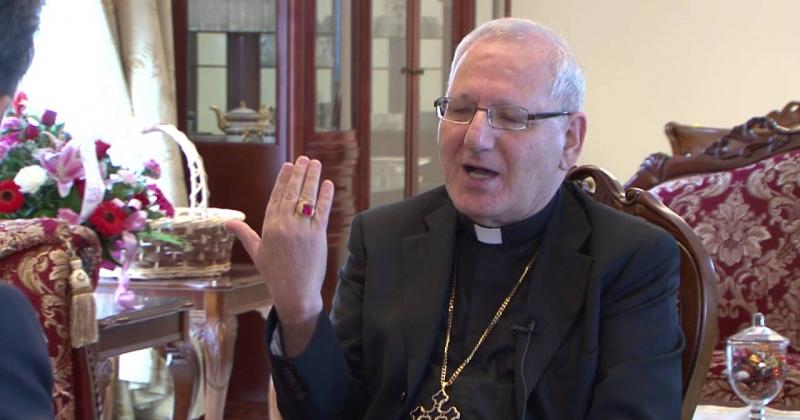In 1917, meaning, purpose, value, along with transcendence, dignity, and benevolence were rapidly being shed, and this interior emptiness was fueling humanity’s ungodly rage and desire for annihilation. It was into that environment that Mary injected herself in Fatima, bringing a message of light and hope.
It’s always interesting to look at a date or a period of time and ask, “What happened on this day ten years ago? Or fifty or a hundred years ago?” Sometimes we can be surprised how quickly time has passed from a momentous event.
And so, let’s play the game to the extremes, and ask: What happened in the coming week a hundred years ago?
Among a few things, three poor shepherd children in Portugal received a visitation from a woman clothed in light. They were confused by her presence but over the course of several monthly encounters, came to understand that the heavenly woman was the Blessed Virgin Mary, the Mother of Jesus Christ.
The location was the small city of Fatima, which was named after the favored daughter of the Prophet Mohammed during the Moorish occupation of the Iberian Peninsula. The timing was during the Great War, an event of massive destruction to human life and well-being.
The religious sentiment was atheistic, the political environment communistic, and nihilism was quickly growing as the air breathed by many. In summary, therefore, it would seem that Fatima in 1917 would have been an uncommon place in an unlikely time for the Blessed Mother of Jesus Christ to make a house call.
Before diving into those state of affairs, we should probably ask the obvious question: Are visits like this common? I mean, we did just say that the Blessed Virgin Mary, who historically lived in the first century of the common era, came and appeared to three children in the early twentieth century. Do things like this happen?
For those who have no faith or spiritual openness, very few things can be said to convince them that such occurrences are possible. For persons of faith, there is at least the acceptance that such apparitions could happen. Usually, the believer’s own temperament and history, combined with the actual story and message of the spiritual event, usually determine whether she will accept this specific supernatural event or not.
And so, did Mary make a visit to Fatima one hundred years ago?
The answer to this question points us to the greater query of why she might have appeared to the shepherd children. And why she would have come to the place at the time she did.
Going back to the atheism, communism, and nihilism of 1917, the human family was stuck in itself and was dying a violent spiritual death. Meaning, purpose, value, along with transcendence, dignity, and benevolence were rapidly being shed, and this interior emptiness was fueling humanity’s ungodly rage and desire for annihilation.
In summary, and putting it very lightly, the early twentieth century was not a happy time. There was great cause for concern about the future of the human race. Not merely its temporal existence but its spiritual identity. The question was not only whether the human family would exist, but for what it would exist.
With bleak prospects within such a wide panorama of growing darkness, it would seem to have been an uncommon time for spiritual manifestations and yet, precisely because it was so unlikely and perhaps so unwelcome, that a Lady clothed in light would appear.
The Lady, radiating light, would announce an option, a different way of life. Her message was one of consolation but also of penitential self-restraint. It was a summons to prayer and spiritual awareness, freedom from sin, and a pursuit for worldwide peace. It was a proposed remedy to the human family’s undiagnosed spiritual illness and a pressing invitation to choose faith, goodness and beauty as the path for humanity’s future.
It was a call in the midst of a fever-pitched environment for harmony and tranquility.
At a time when such a message was most unexpected and unwanted, it was generously given and promoted by the Lady in light, by the Blessed Virgin Mary, also now known as Our Lady of Fatima.
Regrettably, the message was only picked up by some. To the powers that ignored it, other paths of violence and decimation took its place to the harm of the human spirit. To those who heard the message of Fatima and tried to follow it, they became instruments of a revolution of tenderness.
No one could have imagined the conversion of Russia would lead to the dissolution of the Soviet Union without a single gun shot fired.
One hundred years later, the message of Fatima still echoes and the Lady in light’s invitation still stands.
What work could be done among religious extremists by the woman bearing Mohammad’s daughter’s very name? What obstacles against freedom could be overcome by the woman who called for penance and prayer? What darkness could still be scattered by such light?
Once again, the choice is ours. What path will the human family choose and for what will we live?
